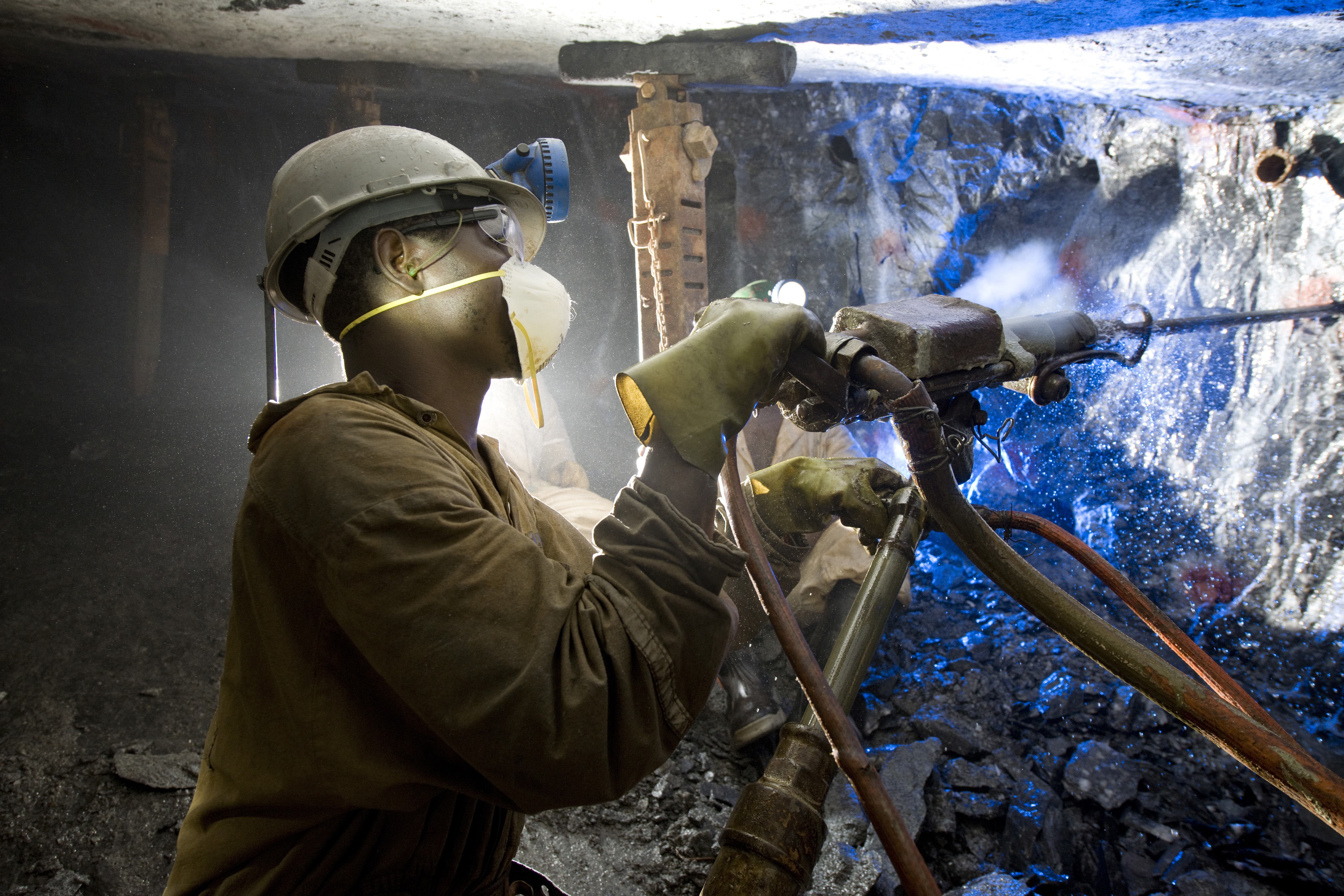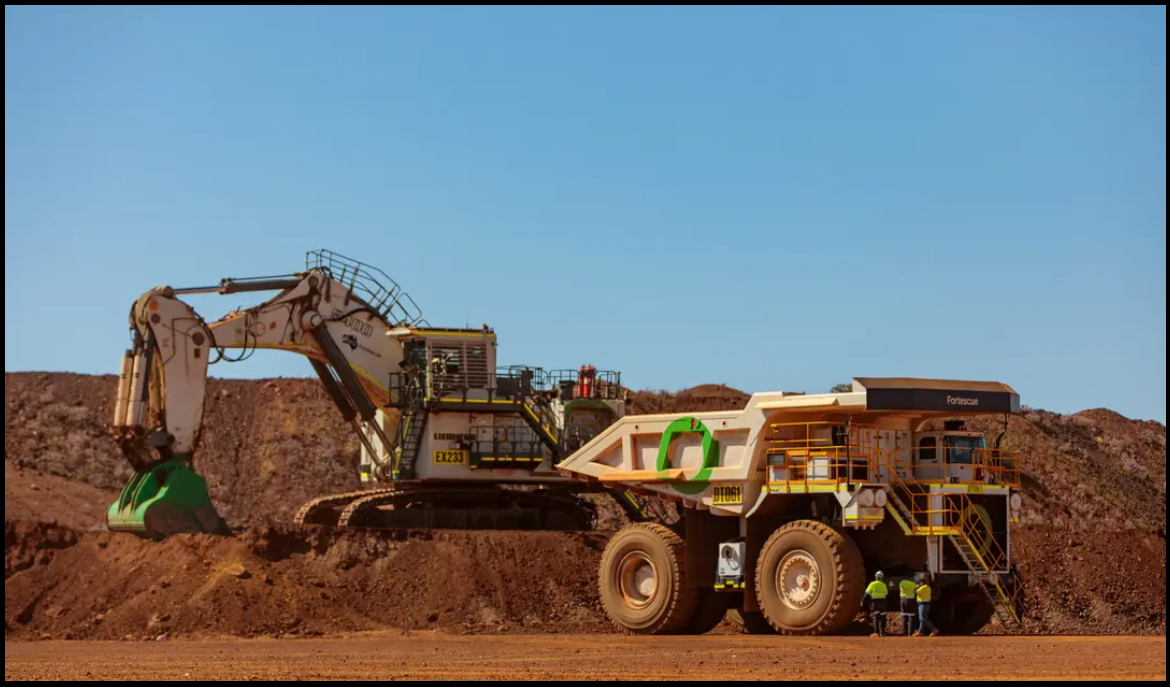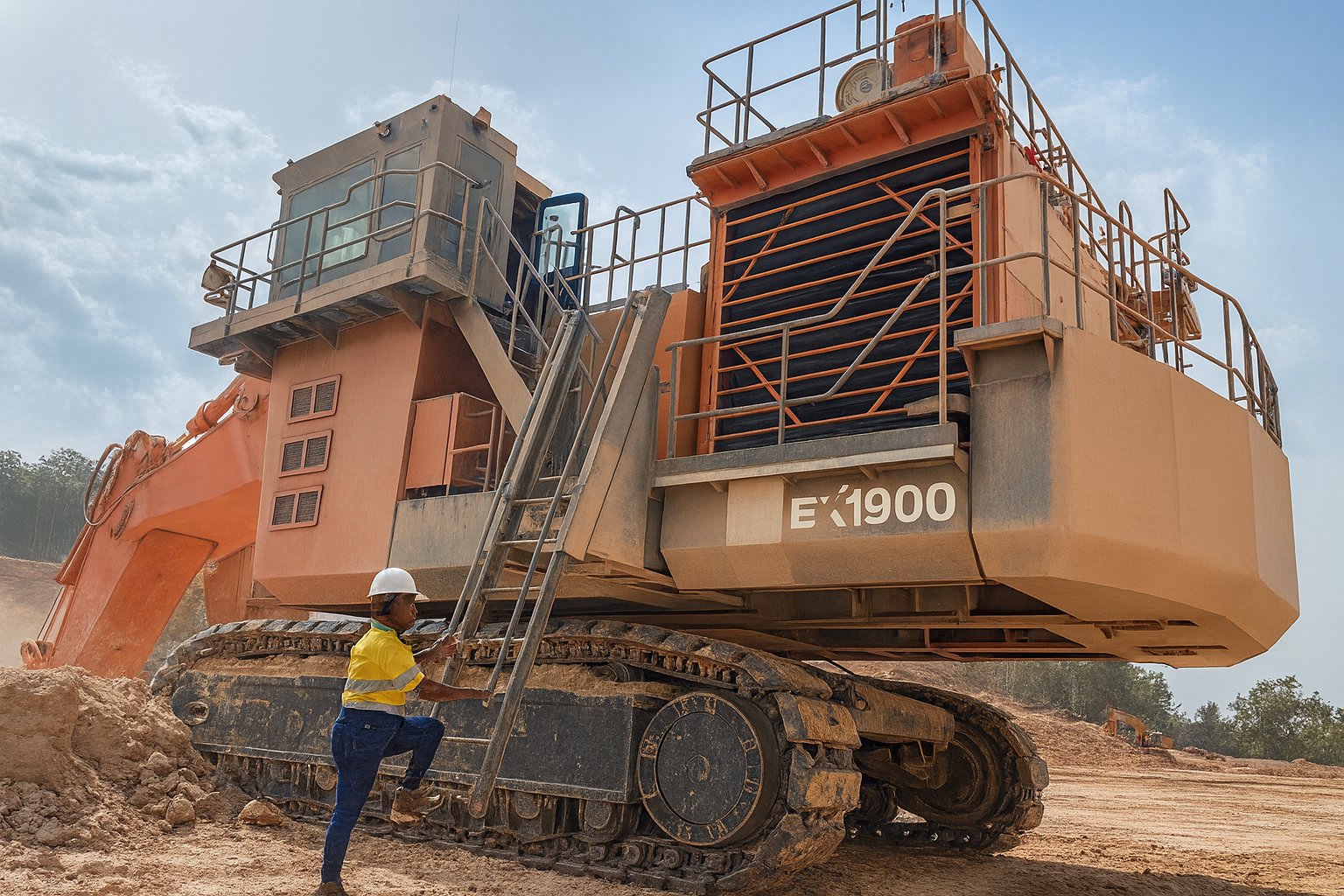
Harmony Gold Mining Company Limited has built a reputation for itself as a leading producer of gold in South Africa and Papua New Guinea. With a commitment to both stakeholder value and corporate responsibility, the company is setting the gold standard for ethical mining in these regions.
Harmony Gold Mining Company Limited (Harmony) is one of the world’s largest gold mining companies, with operations in South Africa and in Papua New Guinea. In South Africa, the company has 10 underground and one open-pit mine and several other surface operations, located in Free State, North West and Mpumalanga provinces. Its portfolio in Papua New Guinea (PNG) is primarily prospective; however, in terms of active assets, it has a 50 per cent interest in the Morobe Mining joint ventures, which includes Hidden Valley, an open-pit gold and silver mine, which opened in September 2010, and the Wafi-Golpu project.
Harmony is a publicly listed company, its primary listing being on the Johannesburg Stock Exchange (HAR). The company's ordinary shares are also listed as international depository receipts (IDRs) in Berlin (HAM1) and Brussels (HMY), and are quoted in the form of American depository receipts on the New York Stock Exchanges (HMY).
On average, the company has produced 1.36 million ounces of gold over the past two financial years across its mines in South Africa and Papua New Guinea. Its reserves also make for impressive reading: on 30 June 2011, Harmony reported ore reserves of 41.6 million ounces and mineral resources of 163.9 million ounces. It has also carried out major capital expenditure in recent years to both extend the life of its mines and also access its extensive resources. Thanks to this investment, Harmony’s Hidden Valley mine in Papua New Guinea is now an operating mine; additionally, its Kusasalethu, Doornkop and Phakisa projects in South Africa have entered the build-up stage and Tshepong and Masimong have become steady contributors to production.
Investment has also been made into exploration, returning significant results. Harmony’s Wafi-Golpu resource has shown a 57 per cent increase, bringing it up to over one billion tonnes during the year. “The grade of the Golpu project is over one per cent copper, confirming it as one of the highest-grade copper-gold porphyry systems in south-east Asia,” comments Harmony’s CEO Graham Briggs. “These results have confirmed our long-held belief that Papua New Guinea is a game-changing region for the company.”
On a 100 per cent basis, Golpu alone now hosts a resource of 869 million tonnes, containing 19.3 million ounces of gold and 9.0 million tonnes of copper.This is a significant year-on-year increase of 368 million tonnes (73 per cent), comprising 8.9 million tonnes of copper (88 per cent increase) and 10.5 million ounces of gold (119 per cent increase). These results mean that Harmony’s resource base in Papua New Guinea now represents 10 per cent of the company’s total resources, which is in line with Harmony’s strategy to increase its geographic diversification.
Harmony is also a major employer: in 2011, it employed 39,400 people across Papua New Guinea and South Africa, the majority of whom were full-time employees (34,472), as well as some contractors (4,968).
“Given the shortage of sector-specific skills in both regions, the mining industry is a material source of funding for skills development,” comments Briggs. In South Africa, as an example, the company has recruited 120 young people from local communities and trained them in mining-related skills: most have subsequently been absorbed into the workforce. Twenty-four tertiary students have been accommodated for experiential training; 20 students selected for the Harmony Bridging School; and 538 employees have received portable skills training. Over 1,200 employees and community members have attended Adult Basic Education and Training (ABET) at a cost of R46 million—Harmony’s literacy rate is now up from 25 per cent in FY09 to 72 per cent in FY11. Over 23,000 employees have received some form of training at a cost of R220 million; 94 per cent of those trained were Historically Disadvantaged South Africans (HDSA) and 12 per cent women.
In Papua New Guinea, 10 employees have attended ABET classes, with training and mentoring benefiting 30 locally recruited employees. Meanwhile, nearly 50 students from a local university have been engaged to monitor aspects of geology and environmental management.
As well as being a major gold producer and employer, one of the things that defines Harmony as a company is its commitment to responsible mining. A key area within this philosophy is the company’s environmental strategy. “We engage in extensive rehabilitation of land to a sustainable alternative use,” explains Briggs. “Where operations have been decommissioned, we develop comprehensive closure plans outlining the details of this rehabilitation.”
Another important part of the company’s corporate social responsibility (CSR) provisions in South Africa is recognising the need for socio-economic development, both in the country and in the labour sending communities. “We focus on four key areas—education; socio-economic development; sports, arts and culture; and support for Broad-Based Black Economic Empowerment (BBBEE)—in our communities,” says Briggs. “However, our corporate social responsibility extends to broader community development and national programmes such as mathematics and science development.” Additionally, Harmony is engaged with HIV and AIDS research, education and vaccine development.
The organisation also works with local non-government organisations (NGOs) and community organisations on an ongoing basis as part of its CSR strategy. As well as working with such entities in Papua New Guinea and South Africa, Harmony also works with organisations and governments in Lesotho, Swaziland and Mozambique, where a significant proportion of its labour force originates. In FY11, Harmony spent some R14 million on CSR projects, with key projects including the South African Agency for Science and Technology; the Minerals Education Trust Fund; the South African Mathematics Foundation; Students in Free Enterprise (SIFE); and AuTEK Biomed.
In FY11 Harmony spent R69.7 million on local environmental development projects, including the Harmony Jewellery School; a R3 million brick-making project in Masilonyana municipality in conjunction with two other mining companies; the building of the Nyakosoba-Harmony high school in the rural part of Maseru district, Lesotho; the Mozambique Agricultural Farm Training Centre and Abattoir Project; and the transformation of an old beer hall in Khutsong community into a community centre focused on small income-generating businesses.
Harmony has also, in partnership with the government, the Department of Human Settlement and the local Matjabeng Municipality, turned the outdated Masimong Mine Hostel into 460 modern housing units. Harmony supplied the land, infrastructure, project management and financing, increasing the value to R350 million. A total of 12 HDSA companies completed the construction and more than 3,000 jobs were created during the building phase.
Harmony also works very closely with the South African Chamber of Mines and is increasingly participating in and influencing government policy. In 2011, Harmony, directly and through the Chamber of Mines, actively participated in reviews of key mining legislation including the Housing and Living Conditions Standard, Codes of Good Practice for the Minerals Industry, revisions to the Mining Charter and amendments to the Labour Relations Act.
The company lobbies on environmental legislative reform such as the inclusion of mining environmental management in the Department of Water and Environmental Affairs, changes to financial provision guidelines and the carbon tax proposed by the government. Harmony has also participated in the Wonderfontein Spruit Catchment Forum in South Africa through the Mining Industries Group, and has been involved in finalising the remedial action plan report—an initiative between government, industry and civil society focusing on the remediation of the Wonderfontein Spruit river.
Additionally, Harmony’s wage negotiations are conducted in a centralised industry forum under the Chamber of Mines. Following the end of the 2011 financial year, a two-year wage agreement was signed, which included profit sharing.
Over the next five years, Harmony will remain focused on producing safe, profitable ounces, which will continue to drive growth and generate dividends. It has taken several important steps to ensure this, including closing high-cost mines to produce a better mix of assets, increasing exploration, delivering value on social initiatives and developing and commissioning gold mines in South Africa and Papua New Guinea.
The benefits of this strategy are now emerging with the company building a solid portfolio of producing assets and a successful international exploration programme. “Today, Harmony is acknowledged as one of the more innovative and cost-effective explorers and our Wafi-Golpu project has the potential to change the company materially. Our project in Papua New Guinea in particular has proven the benefits mining can deliver in an enabling environment when all stakeholders work together,” states Briggs. By building lower-cost mines, the company is rewarding its shareholders and building a base of world-class assets that will secure its future as a steady and sustainable producer of quality copper and gold.
Written by: Jane McCallion; research by Max Wilde
DOWNLOAD
 HarmonyGold-EMEA-July12-Bro-s.pdf
HarmonyGold-EMEA-July12-Bro-s.pdf













